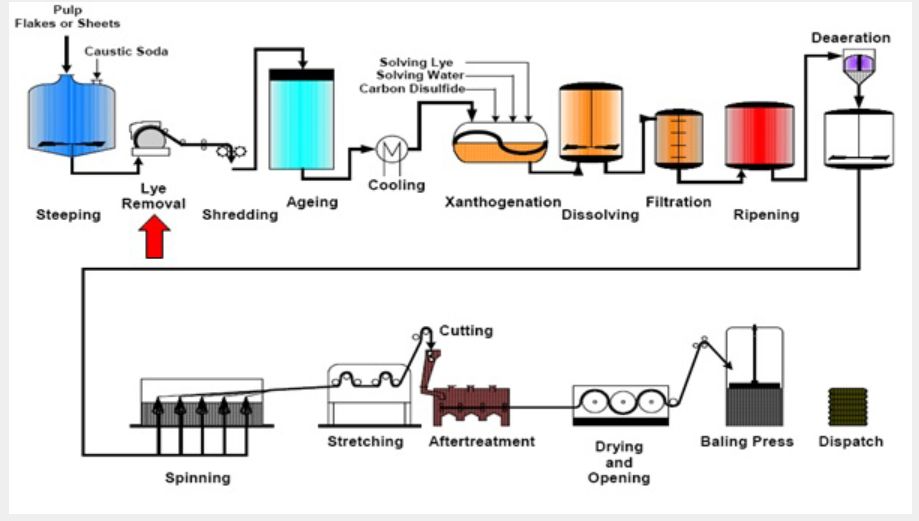From comfortable home textiles to life-saving medical gear, advanced fibers touch our lives in so many ways! But did you know the process can be complex and energy-intensive? 💡💧
Viscose (rayon) is one of the main production processes for man-made cellulosic fibers. In order to be able to be spun into filaments, cellulosic pulp is converted into a cellulose derivative, cellulose xanthogenate, which is dissolved and thus becomes spinnable. By introduction into an aqueous spinning bath, the cellulose is regenerated and the filaments processes into the whole width of rayon products. The chemical derivatization of the cellulose requires a highly pure cellulosic material (dissolving pulp); conventional (paper grade) pulps are not suitable.
The primary energy source in viscose fiber production is in the form of steam and the step of spin bath evaporation consumes the highest amount of steam. The efficiency of evaporators depends on factors such as type, flow rate, temperature, and fouling potential.
Fouling reduced the heat exchanger performance drastically that leads to decreased efficiency and increased energy consumption. Regular cleaning and use of chemicals are common approaches to improve evaporator operations, but they often do not yield the desired results.
With KLAREN Technology, steam consumption is significantly reduced while maintaining a consistent evaporation capacity.
Say “NO” to fouling with the KLAREN self-cleaning evaporator (https://lnkd.in/e3FRhmuX)
Contact us today at sales@taprogge.nl to learn more
Article by:
Amol Palve
Sales Manager – Klaren Technology
Taprogge GmbH
External LinkedIn link:https://www.linkedin.com/posts/amol-palve_heatexchanger-fouling-cellulose-activity-7122554304317546496-yD1g
Image source: https://lnkd.in/eBjUAJiU


